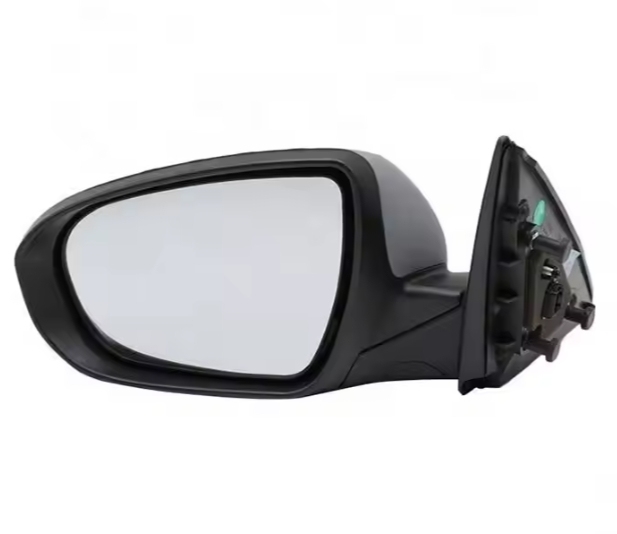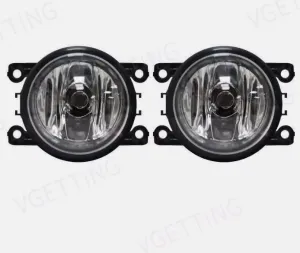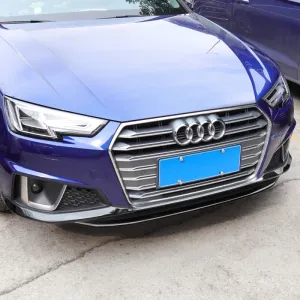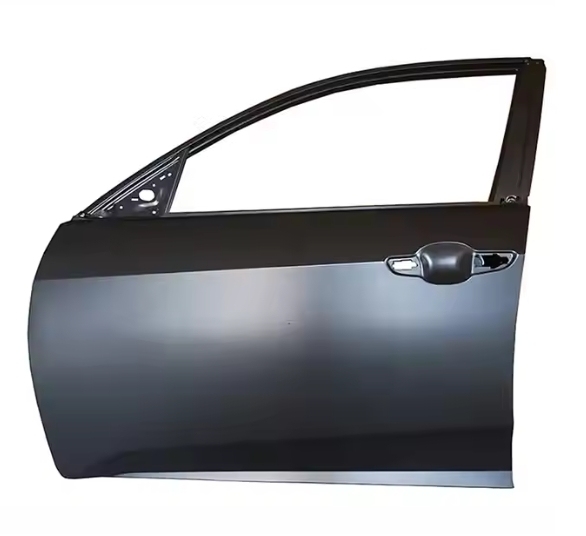[Daily car maintenance] Who is the king of the front drive, rear drive and four-wheel drive?
Hello everyone, this is a column focusing on car repair and maintenance. There are car mysteries you don’t know, and it will teach you how to avoid the big pits on the road of car ownership. I believe that not only you but also many people have a certain sense of obscurity about the car aftermarket, which will help you uncover the unknown stories of car repair and maintenance.
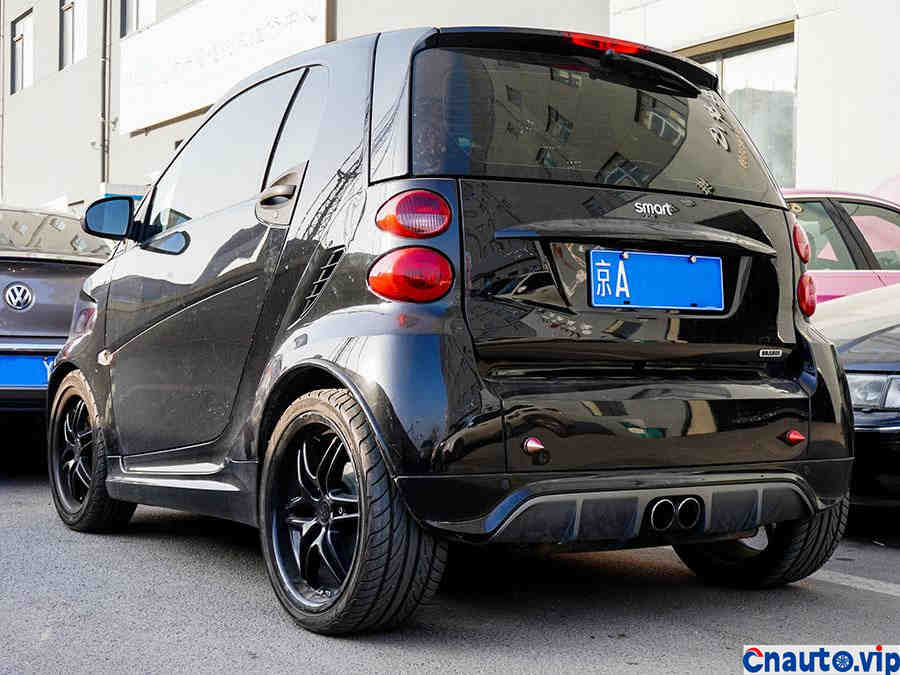
Recently, some friends want to buy a car, although the budget is not large, but the requirements are not small at all. One moment I want to buy a front-drive car, and then I ask about the rear-drive car, and a few days later I began to struggle with the four-wheel drive again. It was a very simple thing, but it was extremely complicated.
In this issue, I will take you to reveal the secret: which is the best, front drive, rear drive or four-wheel drive?
If you want to know which drive is the best, you must know what is going on with each drive.
A precursor
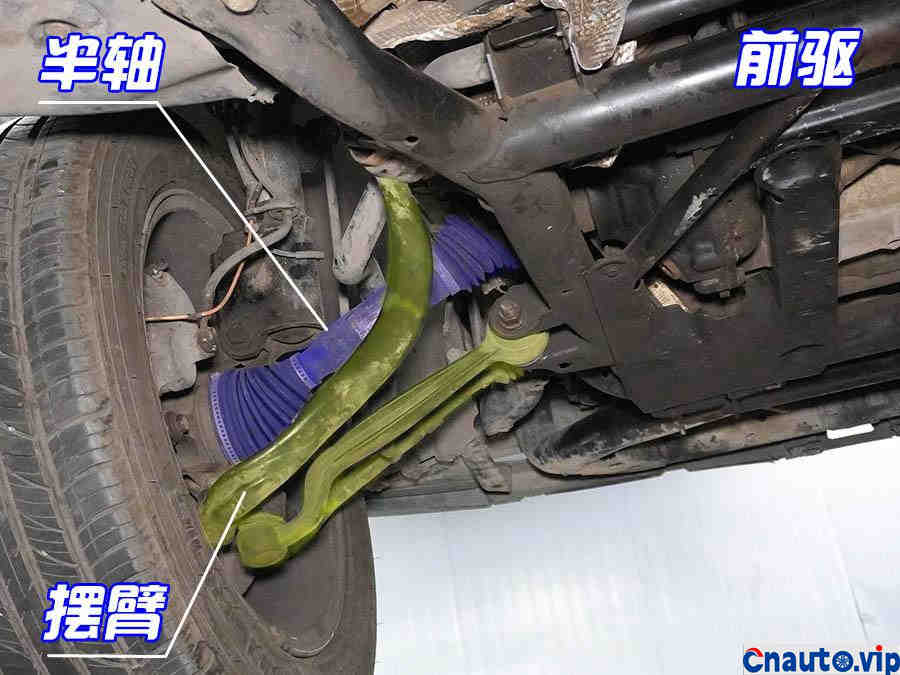
The front drive means that the drive shaft is integrated with the front wheel and the steering system, the engine only drives the front wheel, and the rear wheel only plays a supporting and auxiliary role without any output power.
Advantages: cost saving, high transmission efficiency, easy to drive
Advantages: cost saving, high transmission efficiency, easy to drive
Disadvantages: poor sense of control, easy to understeer in extreme cases (steering angle)
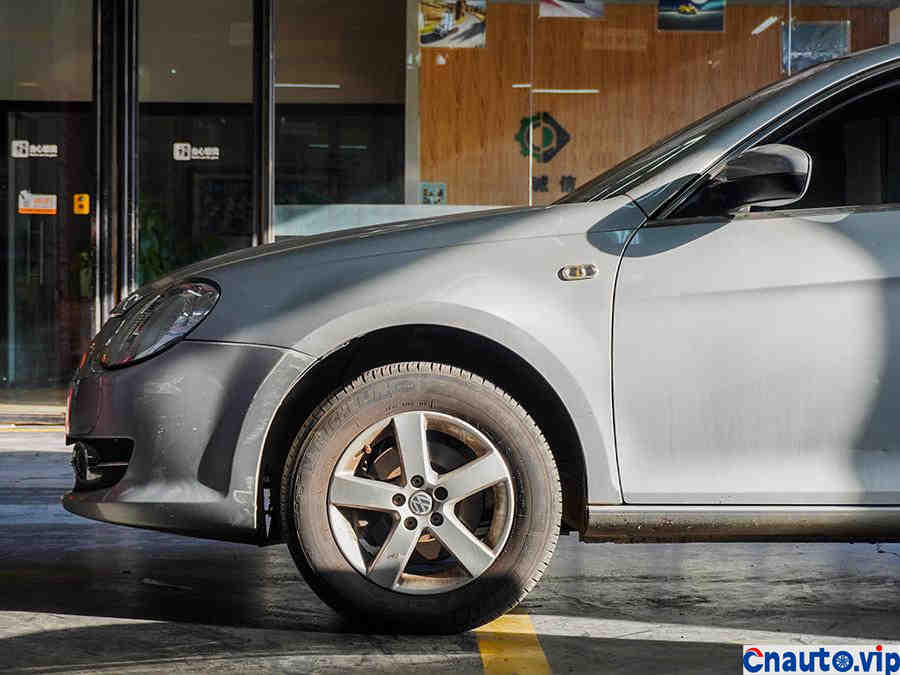
Application model: there are all front-drive cars in the high probability range on the market, and the application range is very wide.
When it comes to understeer, the structure is a little more complicated because the front wheel is responsible for both steering and driving. Because it is subject to the bending limit of the half axle, the steering angle of the front car is slightly smaller. In extreme cases, understeer is likely to occur, that is, pushing the head.
When it comes to understeer, the structure is a little more complicated because the front wheel is responsible for both steering and driving. Because it is subject to the bending limit of the half axle, the steering angle of the front car is slightly smaller. In extreme cases, understeer is likely to occur, that is, pushing the head.
Second rear drive

The rear-drive model is relatively simple, and the half-shaft works with the suspension system. Save the trouble of the steering system, so that the rear wheel drive can do very well.
Advantages: generally have a slightly better sense of control and good body stability
Advantages: generally have a slightly better sense of control and good body stability
Disadvantages: high cost, slippery road is difficult to control, low transmission efficiency, easy to oversteer in extreme cases (steering angle)

Application models: rear drive used to be a unique style of BMW, but there have also been pioneering BMW models in recent years.
Excessive rear drive steering and front driving can be said to be the exact opposite of the reason. Because the front wheel does not have a half axle, so the steering angle can be very large, plus rear wheel drive, in extreme driving, there is likely to be over-steering, that is, tail flick.
Excessive rear drive steering and front driving can be said to be the exact opposite of the reason. Because the front wheel does not have a half axle, so the steering angle can be very large, plus rear wheel drive, in extreme driving, there is likely to be over-steering, that is, tail flick.
Three or four wheel drive

Four-wheel drive is easier to understand. All wheels have driving force. However, subject to the difference of each model and the way of all-wheel drive, the driving force applied to each wheel is also different. Some hard-line off-road vehicles have a greater driving force on the rear wheels, while some urban SUV models have a greater driving force on the front wheels.
Advantages: easy to drive and the best driving stability
Disadvantages: the highest cost and the same understeer

Application models: almost all SUV? And off-road vehicles both have a four-wheel drive system, which is widely used in current models.
Four-wheel drive is like a gecko, can ensure that you firmly grasp the ground, the upper limit of fault tolerance is extremely high, most people have to drive four-wheel drive cars are difficult to control the situation. Especially on some slippery roads, four-wheel drive can ensure a certain degree of safety. Of course, as long as your driving skills don’t go too far.
Four-wheel drive is like a gecko, can ensure that you firmly grasp the ground, the upper limit of fault tolerance is extremely high, most people have to drive four-wheel drive cars are difficult to control the situation. Especially on some slippery roads, four-wheel drive can ensure a certain degree of safety. Of course, as long as your driving skills don’t go too far.
Four, which drive mode is more powerful?
This question is a little awkward, because there is no fixed and only answer.

Many people say that the rear drive is more suitable for driving on the track, but the Civic TYPE-R beat many legendary models in New North. You know, this is a real front-drive car!

After the field race, let’s talk about the cross-country race. Dakar is a world-famous cross-country rally and a paradise for many cross-country enthusiasts. Whether it is Dakar or the domestic Tar Rally, the favourite to win the championship in recent years has almost always been the rear-wheel drive Bahdje. This seems to run counter to what we usually call a four-wheel drive model that is more suitable for cross-country, but this is really the case.

If you want to ask who is the real king on the ground, you really have technology as the king. In fact, no matter which kind of driving mode, it has its outstanding advantages, and the biggest difference lies in the people who drive it.
Hot Information
Tesla Autopilot and similar automated driving systems get ‘poor’ rating from prominent safety group
 April 1, 2024
April 1, 2024 Localization of EV parts without production scalability may not help cut EV price, says President, Amara Raja
 March 27, 2024
March 27, 2024 
JCTSL may turn bus stands into charging points for e-buses
 March 27, 2024
March 27, 2024 You May Like


